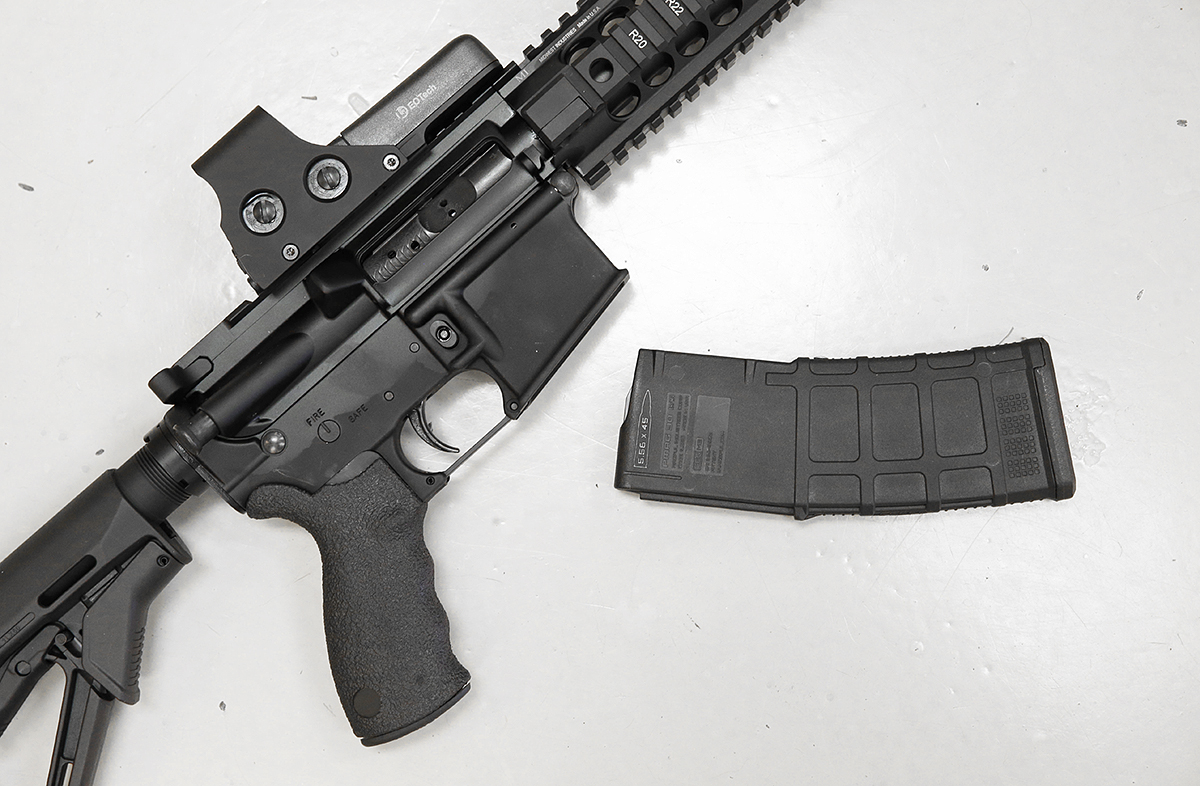
Advertisement
Any survival expert worth his or her salt will tell you the most important thing you can do to protect yourself in a post-apocalyptic world is ensure you have a variety of firearms and the ammunition to supply them. Weapons without ammunition are essentially dead weight.
But how much ammunition is enough? That’s a question for you personally to answer, but understand that it’s a commodity that will not soon replicate itself in a societal collapse; making ammunition is a specialized process that requires unique equipment and components – bullets, casings, ammunition, primers, along with the presses and dyes for each caliber. Not everyone has the ability to make their own ammunition, and not everyone can store large amounts of it.
Yet, it’s going to be so vitally important to your survival, so if you don’t have the knowledge or equipment to make your own ammo, then you’re going to have to purchase it. And frankly, that can be very pricey.
That said, there are certainly ways you can reduce that expenditure, which will fluctuate based on the caliber of ammunition needed (some are more expensive than others) and the amount you want to stockpile. (RELATED: The M-4 Carbine: The Good, The Bad And The Ugly)
As noted by The Prepper Journal, some calibers are better to stockpile than others because of their universality. The .22LR (long rifle) is very common throughout the United States – which is one the main reasons why, a couple of years ago, it became very scarce. Manufacturers couldn’t keep up with demand. That eased a bit in 2016, but the rounds were more expensive than in the past.

Still, the .22LR is a very versatile round to stockpile, just because there are so many .22LR firearms across the country. And you can purchase .22LR in 500-round “bricks” that are compact and easy to store. Just four bricks and you’ve got 2,000 rounds of .22LR, for not a lot of money.
When it comes to semi-automatic rifles, one of the most popular is the AR-15, which fires a .223 caliber round. The AR-10 platform also fires the same round. Because these rifles have a high rate of fire, however, you’ll go through a small amount of ammunition very quickly. Some recommend keeping 2,000 rounds on hand, but personally, I think you should concentrate more on the 5,000-round range. Granted, it’s heavy, but if you can find someone locally who has their own manufacturing shop, not only can you feasibly pick up this amount, you can do so at far less cost than if you were buying these rounds retail. And again, this is a very popular round, so you won’t have any trouble finding it (or scrounging for it later). Buying in bulk will help keep the price down.
As for larger caliber, bolt-action rifles – such as those you might use in a long-distance shooting role – the rate of fire will be far less, so you can get away with a smaller (and hence, less expensive) stockpile. As The Prepper Journal notes:
For your bigger bolt guns and magnum rifles try to keep around 250 rounds in your reserve stash. The reason for this being a lower number is factored by two main reasons: Cost and amount typically used. If you own a 300 win mag [Winchester magnum] you know how expensive it is to shoot and the fact you don’t typically go out and try to shoot 100 rounds in a day unless your shoulder is made out of granite.
Next, on the list to consider are shotguns. The most popular round by far for shotguns in the U.S. is the 12 gauge round. What’s more, it’s very adaptable to your needs. You can buy rounds with a lot of pellets for hunting small game. You can buy shotgun shells with buckshot, for close-in self-defense. You can also buy so-called “slugs” – a shotgun shell that fires a large-caliber led slug – for hunting larger game. (RELATED: Picking The Best Self-Defense Shotgun And Ammo)
When it comes to shotgun shells, you can buy boxes of 25; try to keep about 500 rounds on hand. Again, buying in bulk and/or from a local dealer will save you money.
If you don’t have $350-plus to drop on a supply of ammo at one time, then resolve to buy a smaller amount – one package – every week or two. You’ll be amazed at how quickly this will add up. If you spend, say, $10 every week on a box of 20 .223/5.56 rounds, that’s $40 a month, and 1,040 rounds a year.
When storing your ammunition:
— Consider military-grade ammo storage cans, as they are made to be air-tight and are generally inexpensive to pick up at military surplus stores;
— There are commercial ammo storage cans as well, and some of them are $10 or less;
— Ammo cans are easy to store and easy to pick up and carry.
Always add some desiccant packages to your ammo storage cans to absorb any moisture that would happen to seep in.
J.D. Heyes is a senior writer for NaturalNews.com and NewsTarget.com, as well as editor of The National Sentinel.
Sources:
Submit a correction >>
This article may contain statements that reflect the opinion of the author
Advertisement
Advertisements















